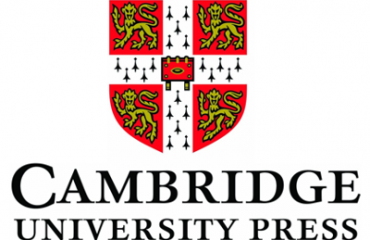This post is also available in:
 English (الإنجليزية)
English (الإنجليزية)
| Name of Publishing House | mit press |
|---|---|
| website | https://mitpress.mit.edu/ |
| Communication | https://mitpress.mit.edu/contact/form?area=601®ion=616 |
About
The MIT Press is committed to re-imagining what a university press can be. Known for iconic design, rigorous scholarship, and creative technology, the Press advances knowledge by publishing significant works by pioneering international authors.
The MIT Press is the only university press in the United States whose list is based in science and technology. This does not mean that science and technology are all we publish, but it does mean that we are committed to the edges and frontiers of the world—to exploring new fields and new modes of inquiry. We publish over 220 new books a year and over 30 journals. We are a major publishing presence in fields as diverse as art, architecture, economics, cognitive science, game studies and computer science to name just a few.

Our history began in 1926 when the physicist Max Bornvisited the Massachusetts Institute of Technology to deliver a set of lectures on Problems of Atomic Dynamics. The Institute published the lectures under its own imprint, and that book is numbered 1 in the archives of The MIT Press. In 1932, James R. Killian, Jr.—editor of the Institute’s alumni magazine and future scientific adviser to President Kennedy and tenth president of MIT—engineered the creation of an Institute-sponsored imprint called Technology Press, which published eight titles over the next five years. In 1937, John Wiley & Sons took on editorial and marketing functions for the young imprint, which during the next 25 years published 125 titles.
In 1962, MIT amicably severed the Wiley connection and upgraded its imprint to an independent publishing house, naming it The MIT Press. One of the independent Press’s first new employees was graphic innovator Muriel Cooper, who designed our distinctive logo and set the course for the design innovations that have been a hallmark of the Press’s work to the present day. A European marketing office was opened in 1969 (today we sell a higher proportion of our products outside the United States than any other U.S. university press), and a journals division was added in 1972.
The creative burst and explosive growth of the 1960s slackened with the library cutbacks of the early 1970s, and by the end of that decade the Press knew that it had to rethink what it was doing. We developed a strategy of focusing the list on a few key areas and publishing in depth in those areas. The initial core consisted of architecture, computer science and artificial intelligence, economics, and the emerging inter discipline of cognitive science. The plan worked wonderfully, and by the mid-1980s the Press was again thriving. As the list developed, occasional offshoots sprouted (neuroscience, for example, was spun off from cognitive science in 1987), while a few smaller areas in which we continued to publish—technology studies, aesthetic theory, design, and social theory—have remained viable and interesting components of what has become a unique mix. We added the environmental science list in the early 1990s and recently added a deepened focus on engineering, physics, math, and education. 2012 marked the 50th Anniversary of the MIT Press, read more about it on our 50th Anniversary page and review our list of influential books and journal articles.
This post is also available in:
 English (الإنجليزية)
English (الإنجليزية)

 العربية
العربية 



